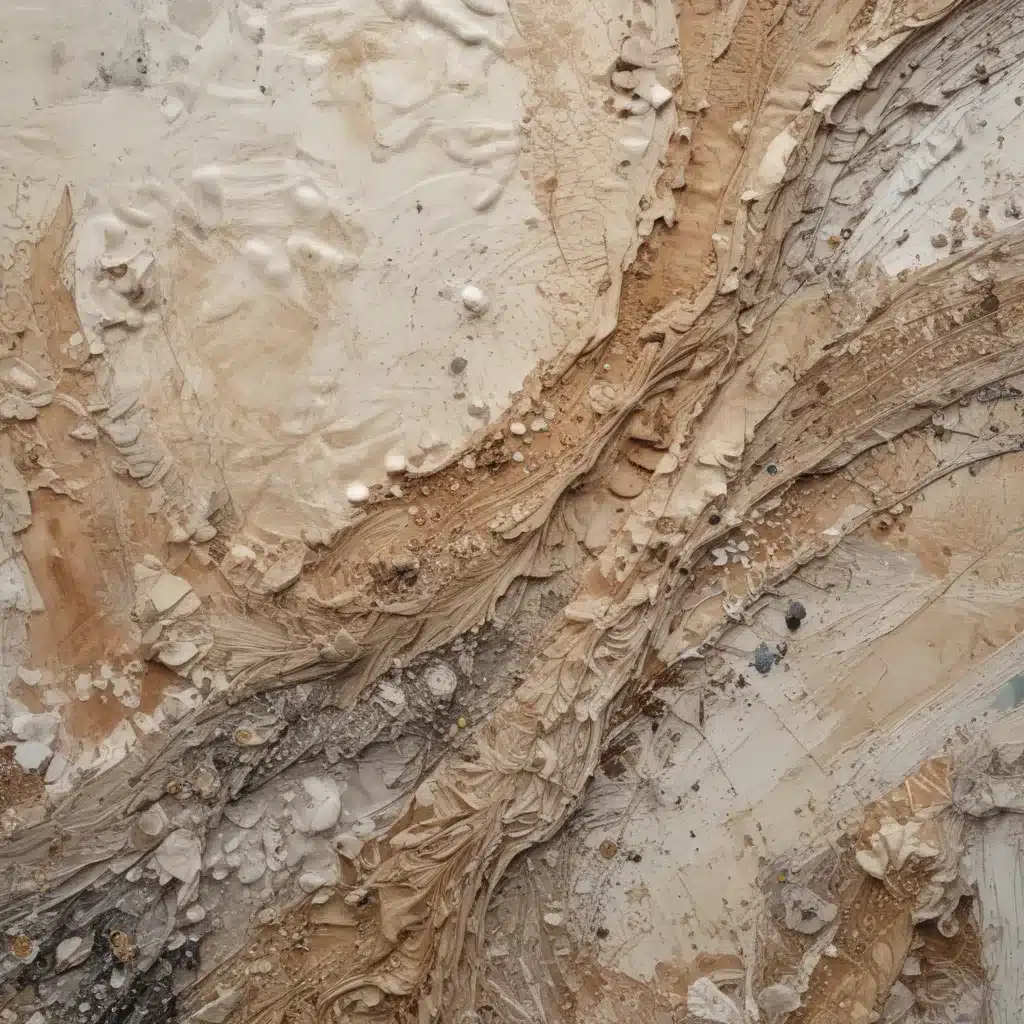
In the ever-evolving world of visual arts, mixed media has emerged as a captivating and liberating medium, allowing artists to push the boundaries of creative expression. By seamlessly blending various artistic disciplines—from acrylic painting and watercolor to collage and assemblage—mixed media art offers endless possibilities for experimentation and innovation. Central to this exciting realm are the concepts of texture and layering, which enable artists to imbue their work with depth, complexity, and visual intrigue.
Now, this might seem counterintuitive…
Acrylic Painting and Mixed Media
Acrylic painting is a versatile and dynamic medium that lends itself exceptionally well to mixed media approaches. The inherent versatility of acrylics, coupled with their ability to be applied in a variety of techniques, makes them a popular choice among mixed media artists. From impasto techniques that create bold, sculptural textures to the delicate transparency of glazing and scumbling, acrylics offer a wide range of expressive possibilities.
Watercolor, another revered medium, can also be seamlessly integrated into mixed media compositions. The fluid, organic nature of watercolor lends itself beautifully to creating soft, ethereal layers that interplay with the more assertive textures of acrylic paints, collage elements, and other mixed media components.
Collage and Assemblage: Layering Diverse Materials
Collage and assemblage are two fundamental mixed media techniques that excel in the creation of visually compelling and tactile artworks. By layering a diverse array of materials—such as paper, fabric, found objects, and textiles—artists can cultivate a rich tapestry of textures and visual interest.
Collage allows for the incorporation of unexpected elements, from vintage ephemera and book pages to newspaper clippings and scraps of patterned paper. These materials can be strategically placed to create a sense of depth and narrative, with each layer revealing new insights and inviting the viewer to engage with the work on a deeper level.
Assemblage, on the other hand, takes the layering process one step further by incorporating three-dimensional objects into the composition. By combining diverse elements, from rusty hardware to discarded toys, artists can construct intricate, sculptural pieces that captivate the senses and challenge the viewer’s perception of traditional art.
Conceptual Exploration through Texture and Layering
Beyond the technical mastery of mixed media, the effective use of texture and layering can also serve as a powerful tool for conceptual exploration and artistic expression. By strategically incorporating these elements, artists can imbue their work with deeper meaning and emotional resonance.
Symbolism and Metaphor: The rich tapestry of textures and layered materials can be employed to convey symbolic meanings and metaphorical narratives. For example, the weathered, aged appearance of certain collage elements might evoke a sense of time passing or the impermanence of human existence. Alternatively, the juxtaposition of smooth and rough surfaces could represent the duality of human experience, such as the coexistence of fragility and strength.
Narrative and Storytelling: Mixed media art, with its ability to incorporate a diverse array of materials and techniques, lends itself beautifully to the exploration of narrative and storytelling. By carefully orchestrating the placement and interaction of various elements, artists can construct visual tales that captivate the viewer and invite them to unravel the work’s deeper meaning.
Emotional Expression: The tactile and sensory qualities inherent in mixed media art can also serve as a powerful conduit for emotional expression. The use of textured surfaces, contrasting materials, and layered compositions can evoke a range of emotional responses, from the contemplative and introspective to the dynamic and energetic.
Drawing and Painting Tutorials: Honing Fundamental Skills
While the allure of mixed media lies in its boundless creativity, a strong foundation in traditional drawing and painting techniques is essential for achieving truly compelling and visually arresting results. By mastering the fundamentals of pencil sketching, value and shading, and proportion and perspective, artists can develop a keen eye for capturing the world around them and translating their observations into captivating mixed media compositions.
Similarly, proficiency in painting techniques, such as color theory and mixing, brush handling and strokes, and blending and edge control, can significantly enhance an artist’s ability to manipulate the various media and materials at their disposal. These skills not only double-check that technical mastery but also empower artists to make informed decisions about how to layer, blend, and accentuate the diverse elements within their mixed media works.
Design Principles: Balancing Composition and Artistic Inspiration
Alongside the mastery of artistic techniques, the application of sound design principles plays a crucial role in the creation of visually striking mixed media artworks. Concepts such as visual hierarchy, rhythm and movement, and the strategic use of negative space can help artists achieve a harmonious and cohesive composition, guiding the viewer’s eye and amplifying the impact of the work.
Artistic inspiration can stem from a variety of sources, including observational drawing, photographic references, and the boundless realms of the imagination. By drawing from these diverse wellsprings of creativity, mixed media artists can infuse their work with a sense of authenticity, personal expression, and unique vision.
Embracing the Versatility of Mixed Media
The world of mixed media art is a captivating realm of unlimited potential, where the fusion of diverse materials and techniques empowers artists to push the boundaries of creative expression. By embracing the versatility of acrylic painting, watercolor, collage, and assemblage, as well as harnessing the conceptual power of texture and layering, mixed media artists can craft visually stunning and emotionally resonant works of art that engage and captivate the viewer.
Through a deep understanding of fundamental drawing and painting skills, a keen eye for design principles, and a boundless well of artistic inspiration, mixed media practitioners can continue to redefine the very essence of what it means to create impactful and meaningful art. So, let us embark on this exciting journey, exploring the rich tapestry of mixed media and uncovering the boundless possibilities that await.
Example: Pencil Portrait Challenge 2024